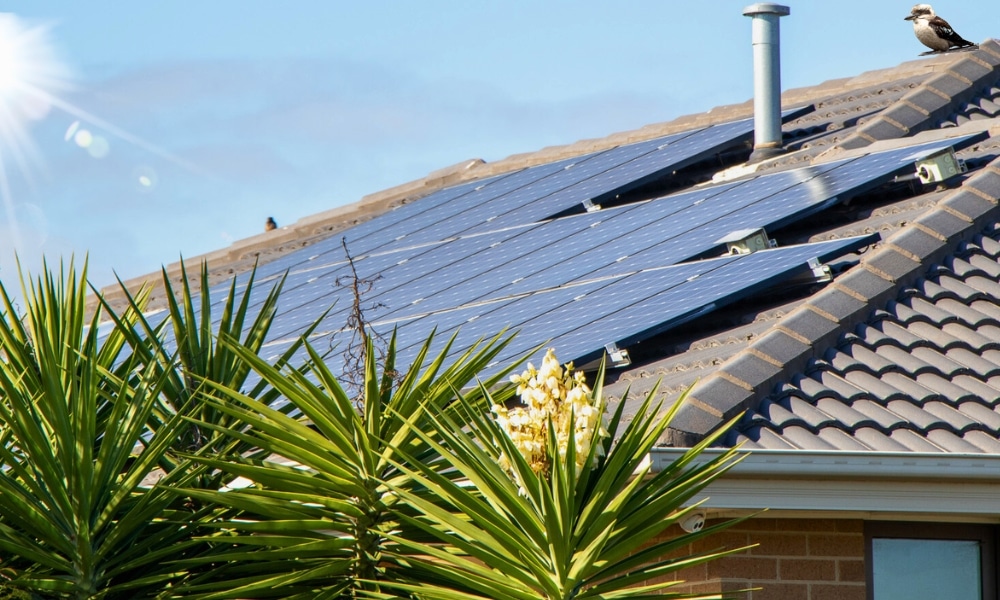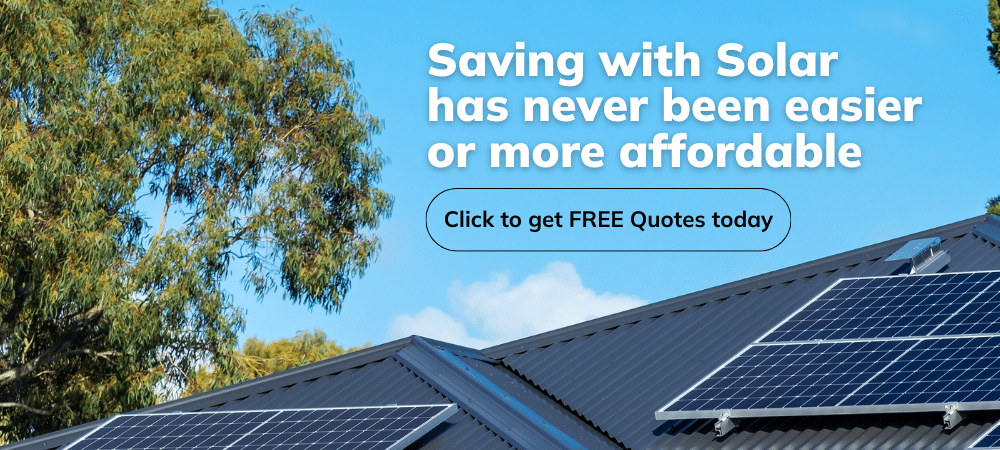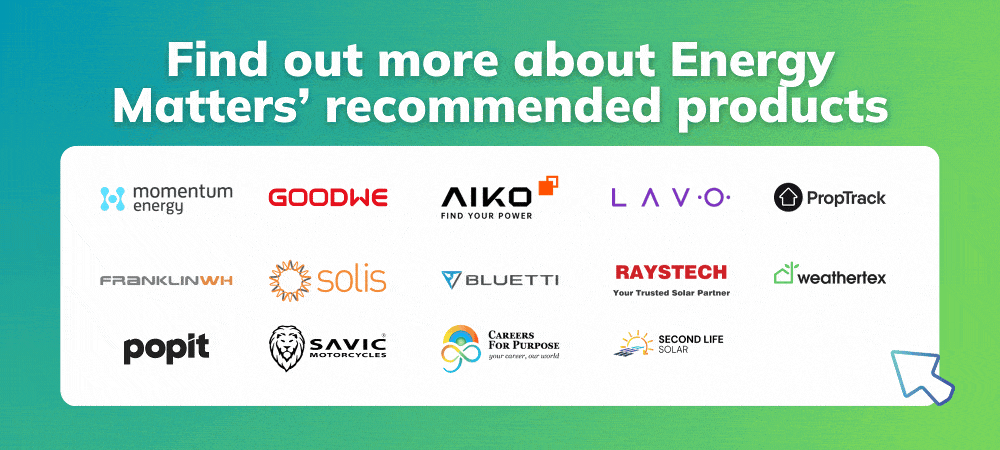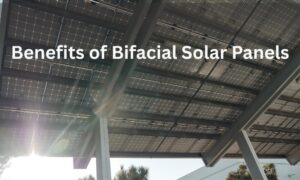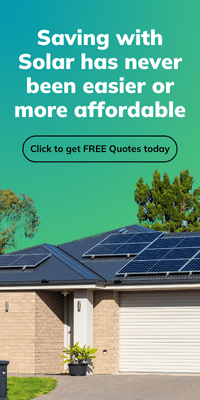Harnessing solar energy efficiently requires more than just installing panels; it demands strategic solar panel placement and careful adjustment of tilt and orientation. In Australia, where solar potential is vast, setting up your panels correctly ensures maximum efficiency and cost savings.
Whether you’re a homeowner or a business, understanding the optimal tilt angle and orientation will help maximise solar output and boost energy production. Let’s explore the best practices to maximise your solar system investment.
Ready to harness the power of the sun and secure your energy future? Energy Matters is here to guide you every step of the way. Energy Matters is one of Australia’s most trusted solar quotes due to our high customer satisfaction and industry recommendations. Our team of solar experts can help you get up to 3 FREE solar quotes from pre-qualified and vetted solar firms in your area. Let’s harness the power of the sun together!
Why solar panel orientation matters
The orientation of solar panels determines how much sunlight they receive throughout the day. In Australia, the general rule is to position solar panels facing north for maximum exposure to the sun. Unlike northern hemisphere locations, where south-facing panels work best, Australia’s position in the southern hemisphere means that north-facing panels capture more direct sunlight.
Optimal solar panel direction in Australia
The optimal solar panel direction for Australian homes and businesses is typically true north. North-facing panels receive the most sunlight throughout the day, offering balanced energy generation from morning to evening.
However, variations exist depending on your energy consumption patterns and geographic location. For instance:
- East-facing panels generate more power in the morning, which is ideal for households with high early-day energy usage.
- West-facing panels produce more electricity in the afternoon, making them beneficial for those who consume more power later in the day.
- South-facing panels are rarely recommended as they receive the least sunlight in Australia.
Understanding the optimal tilt angle
The optimal tilt angle of solar panels affects how much solar energy is absorbed. The tilt should ideally match the latitude of your location for year-round efficiency. In Australia, this means:
- Sydney (~33° latitude) – optimal tilt around 30-35°
- Melbourne (~37° latitude) – optimal tilt around 35-40°
- Brisbane (~27° latitude) – optimal tilt around 25-30°
- Perth (~32° latitude) – optimal tilt around 30-35°
- Adelaide (~34° latitude) – optimal tilt around 30-35°
For those looking to maximise solar output, adjusting the tilt angle seasonally can further enhance efficiency:
- Summer: A lower tilt angle (latitude minus 10-15°) to capture more overhead sunlight.
- Winter: A steeper tilt angle (latitude plus 10-15°) to absorb lower-angled sunlight.
Fixed vs adjustable tilt systems
If manually adjusting the tilt angle seasonally is impractical, a fixed tilt system based on the average latitude is a convenient alternative. However, adjustable or tracking systems can significantly enhance solar output by following the sun’s path throughout the day.
Single-axis trackers tilt panels in one direction (usually east to west), improving energy capture by 20-30%, while dual-axis trackers move in both directions, increasing output by up to 40%. Though more expensive, these systems offer long-term benefits, particularly for large-scale installations.
Impact of roof type and space availability
Roof characteristics influence solar panel placement and tilt adjustments. Consider the following:
- Flat roofs often require mounting systems to adjust the tilt manually.
- Sloped roofs with north-facing angles naturally support efficient orientation.
- Limited roof space may require a mix of orientations to accommodate multiple panels.
- Shading from trees or buildings can reduce efficiency, making precise positioning essential.
The role of solar panel placement in energy maximisation
Solar panel placement involves optimising both orientation and tilt while considering shading, roof design, and energy consumption patterns. The following solar panel efficiency tips will help maximise solar output:
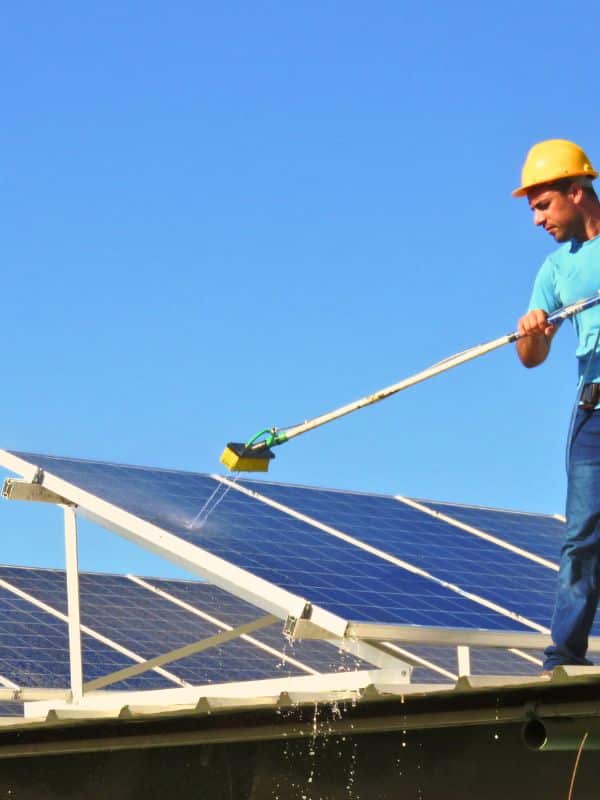
- Professional installation: Hiring a qualified, experienced solar installer ensures proper panel placement, orientation, and tilt.
- Monitoring system: Tracking your system’s performance lets you identify potential issues and optimise energy production.
- Space panels correctly: Allowing airflow beneath panels prevents overheating, improving efficiency.
- Energy consumption habits: Understanding your energy usage patterns can help you tailor your solar system to meet your needs.
- Regular maintenance: Cleaning solar panels and checking for obstructions ensures maximum efficiency year-round.
- Avoid shading: Even partial shading on a single panel can decrease the entire system’s efficiency.
- Choose high-efficiency panels: Panels with superior low-light performance can still generate power under suboptimal conditions.
- Consider solar battery storage: Adding a solar battery storage system allows you to store excess solar energy generated during peak times for use during periods of low sunlight or at night.
Embrace the energy efficiency revolution by upgrading your solar systems and adding a battery or solar inverters with Energy Matters. Energy Matters helps Australian home and business owners receive personalised solar quotes through our large network of high-quality solar installers.
Use Energy Matters’ easy-to-use solar power and battery storage calculator to determine the size of your solar system with storage! Our solar calculator will generate performance information and potential savings.

Regional adjustments for maximum solar output
Australia’s diverse climate means regional considerations affect solar panel placement and the optimal tilt angle:
- Northern Australia: A low tilt (15-20°) works best due to year-round sun exposure.
- Southern Australia: A steeper tilt (35-40°) captures more winter sunlight.
- Hobart
- Melbourne
- Inland regions (Alice Springs, Broken Hill): Minimal shading is crucial in these high-sun exposure areas.
- Alice Springs
- Broken Hill
- Coastal areas: Corrosion-resistant mounts are essential for durability against salty air.
Government incentives and financial benefits
Optimising your solar system not only enhances efficiency but also improves financial returns. In Australia, generous government rebates and feed-in tariffs make solar investments even more attractive. Homeowners and businesses can benefit from:
- Small-Scale Technology Certificates: Small-Scale Technology Certificates (STCs) reduce upfront installation costs.
- State-based rebates and incentives: Additional support, such as NSW’s rebates and incentives, depends on location. NSW offers eligible applicants incentives of up to $2,400.
- Feed-in tariffs: Sell excess solar energy to the grid for financial returns.
How solar orientation affects feed-in tariffs and bill savings
Your solar panel orientation also influences when and how much excess power you export to the grid. Feed-in tariffs reward the export of energy during daylight hours in states such as South Australia, Victoria, and Queensland.
- North-facing systems: Provide consistent feed-in through the day.
- West-facing systems: Often align with peak pricing in the late afternoon.
- East-facing systems: Less export benefit, but help reduce morning consumption from the grid.
Depending on your utility provider’s pricing structure, choosing the right solar panel orientation can maximise your electricity savings and feed-in returns.
Planning for the future: Optimising solar panel placement and tilt angle to maximise solar output
Investing in a solar panel system is a significant decision that can bring long-term financial and environmental benefits. However, achieving the maximum potential of your system requires careful consideration of solar panel placement, orientation, and tilt.
By understanding the principles outlined in this article and working with qualified professionals, you can harness the abundant Australian sunshine and generate clean, renewable energy for your home or business.
Making informed decisions for maximum solar efficiency
Choosing the right solar panel orientation is critical in maximising the energy output and financial benefits of your solar investment in Australia. You can significantly enhance your system’s performance by understanding the principles of optimal solar panel direction and tilt and implementing practical solar efficiency tips. Don’t leave your energy savings to chance.
Ready to take control of your energy future? Contact Energy Matters today for a personalised consultation and let our solar experts guide you toward a solar solution that maximises your savings and sustainability goals.









